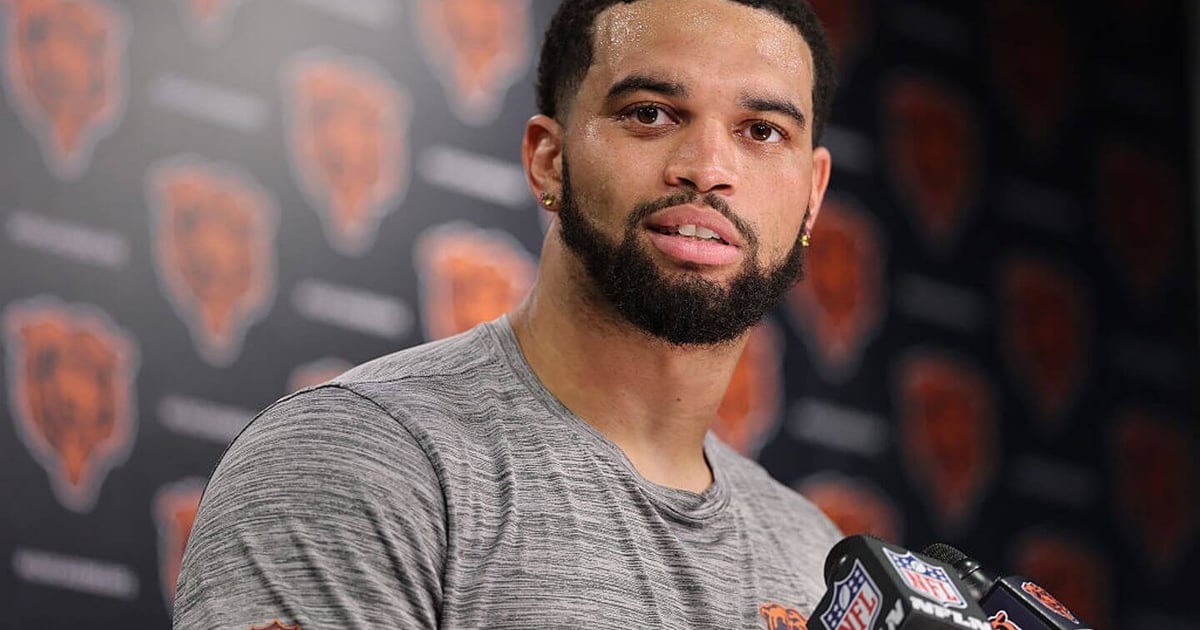The first day of the Browns’ training camp quarterback competition brought no clues as to the final result and just one promise from Browns coach Kevin Stefanski: that the rotation on the second day will be different than it was on the first.
As was the case in the spring, the Browns mostly shared the reps during Wednesday’s 70-minute practice. Kenny Pickett was first in early-practice drills, Joe Flacco was first with the No. 1 offense in 7-on-7 drills, then Pickett worked with the starters in the late-practice 11-on-11 drill. Flacco did not get any 11-on-11 reps, and rookies Dillion Gabriel and Shedeur Sanders each got five reps in 7-on-7 and five in 11-on-11 situations.
Flacco, 40, is by far the most experienced player of the group and also got fewer reps in multiple spring practices. That’s by design, Stefanski said last month, as the Browns continue to evaluate their passers and put the rookies in different situations. Gabriel remains ahead of Sanders in every line.
Stefanski told reporters he has a timeline for a decision “but it’s in pencil,” and the sixth-year coach stressed that the Browns want to see all four members of their remade quarterback room work on the practice field and in the meeting room this spring. Besides admitting that the rotation would change — likely meaning more reps for Flacco — on Thursday, Stefanski said the Browns have scripted the reps for the first four days of practice and that the coaching staff will meet Sunday, when there’s no practice, to evaluate the start of camp and determine a plan for next week.
The Browns have run simultaneous 7-on-7 drills on different fields to maximize the reps for the quarterbacks, and Stefanski said more of that is on the practice itinerary. Ideally, Stefanski said, the team would reach a decision “sooner than later.” But with joint practices set for Carolina and Philadelphia in August, the most competitive portions of camp are still down the road.
“We have to take in information every single day, take in how guys are handling certain situations, and then adjust from there,” Stefanski said. “We’ll get to those types of (depth chart) decisions later on.”
